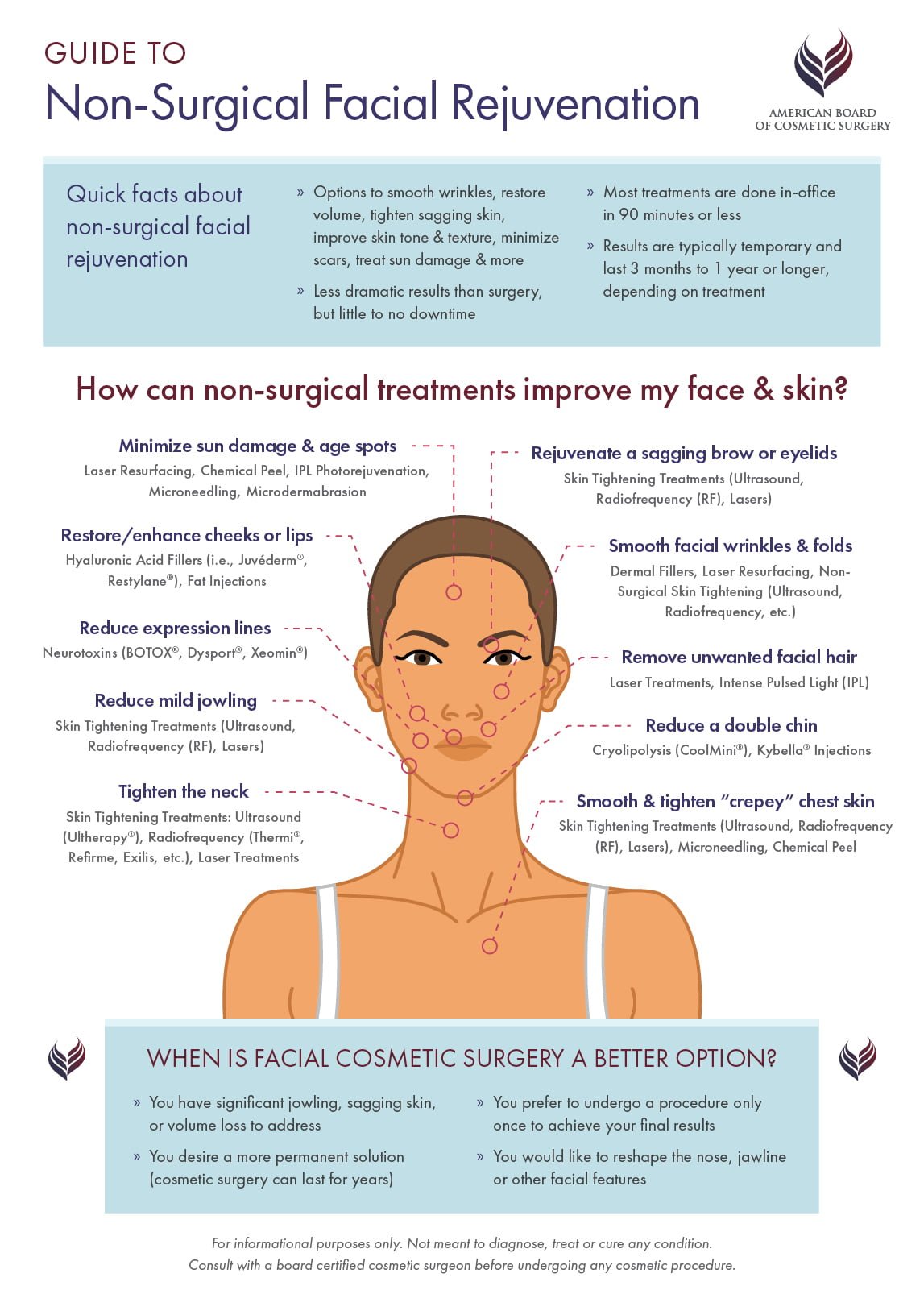Can Sulfur Help Acne Breakouts
Can Sulfur Help Acne Breakouts
Blog Article
Hormone Acne - What is Hormonal Acne?
Hormone acne is identified by stopped up pores and oily skin that generally shows up on the chin and jawline. It occurs when hormonal changes cause swelling and microbial overgrowth within hair roots.
Outbreaks may appear as whiteheads, blackheads, papules or pustules and cysts or nodules in much more serious situations. It is a lot more usual in teens undergoing adolescence however can impact adults of any kind of age.
What Creates Hormone Acne?
While acne can be caused by a range of variables, including using hair and skin care items that aren't oil-free or made with ingredients that could clog pores, hereditary tendency, diet regimen,2 and anxiety, the origin is varying hormonal agents. Hormone acne takes place when the body experiences hormonal modifications and variations that bring about an overflow of sebum, which triggers inflammation, enhanced growth of microorganisms and changes in skin cell activity.
Hormone acne is usually located on the lower jawline, cheeks and neck however can appear anywhere on the body. It is identified by blemishes that are cystic, agonizing and loaded with pus or other product. It is additionally more probable to take place in ladies than guys, specifically during adolescence, the menstrual cycle, pregnancy or menopause.
Age
While lots of children experience acne at some point during adolescence, it can continue to torment grownups well into adulthood. Called hormone acne, this type of breakout is tied to fluctuations in hormonal agents and is usually most common in ladies.
Hormonal acne happens when oil glands create way too much sebum, which obstructs pores and traps dead skin cells. This brings about the formation of blemishes, such as whiteheads, blackheads and papules, pustules, cysts or nodules, deep under the surface.
This type of blemish typically triggers pain, inflammation and swelling. It may also be intermittent and appear around the exact same time each month, such as right before your duration starts. This is due to the fact that degrees of women hormonal agents like progesterone and oestrogen fluctuate with each menstruation.
Menstruation
Hormonal acne generally shows up in the lower part of your face, along the jawline and cheeks, as whiteheads, blackheads or inflammatory acnes (acnes and cysts). It's most likely to show up around the moment when your menstruation changes.
Specifically around ovulation, when estrogen and progesterone levels are on the increase, hormonal iv therapy agent variations can cause outbreaks. However it's additionally possible to obtain acne at any kind of factor during your 28-day menstrual cycle.
If you observe that your hormonal acne flare right before your duration, try observing when exactly this takes place and see if it associates with the phases of your 28-day menstruation. This will help you pinpoint the root causes of your skin difficulties. For example, you might wish to work on balancing your blood glucose and eliminating high-sugar foods, or take into consideration a prescription medicine like spironolactone that can manage your hormonal agents.
Pregnancy
Expanding a child is a time of significant hormone changes. For many ladies, this consists of a flare-up of hormonal acne. This kind of breakout generally starts in the initial trimester, around week 6. It's triggered by hormone rises that stimulate sebaceous glands to make even more oil, which can obstruct pores and create more germs to build up.
Breakouts may likewise occur as a result of pre-existing problems like polycystic ovary disorder, which can also be an issue during pregnancy and menopause. Additionally, some sorts of birth control pills (such as Ortho Tri-Cyclen and YAZ) can activate hormonal acne in some ladies.
Thankfully, a lot of acne therapies are "no-go" for expecting females (including prominent acne-fighting ingredients such as isotretinoin and spironolactone). However if you can not prevent those annoying bumps, your physician might prescribe dental erythromycin or cephalexin, which are secure during pregnancy.
Menopause
As females approach menopause, the estrogen levels that created their hormone acne to flare up throughout puberty begin to maintain and decrease. At the same time, nevertheless, a spike in androgens (additionally known as male hormonal agents) occurs since these hormonal agents can not be converted into estrogen as successfully as in the past.
The excess of androgens can activate oil manufacturing by the sebaceous glands, which blocks pores. When the clogged up pores become irritated and aggravated, a pimple forms.
Hormone acne is commonly seen on the face, particularly around the chin and jawline, however it can take place on the neck, back, shoulders, or chest. This kind of acne often tends to flare in a cyclical pattern, similar to the menstruation. Stress, which enhances cortisol and tosses hormonal agents out of equilibrium, also contributes to the outbreaks.